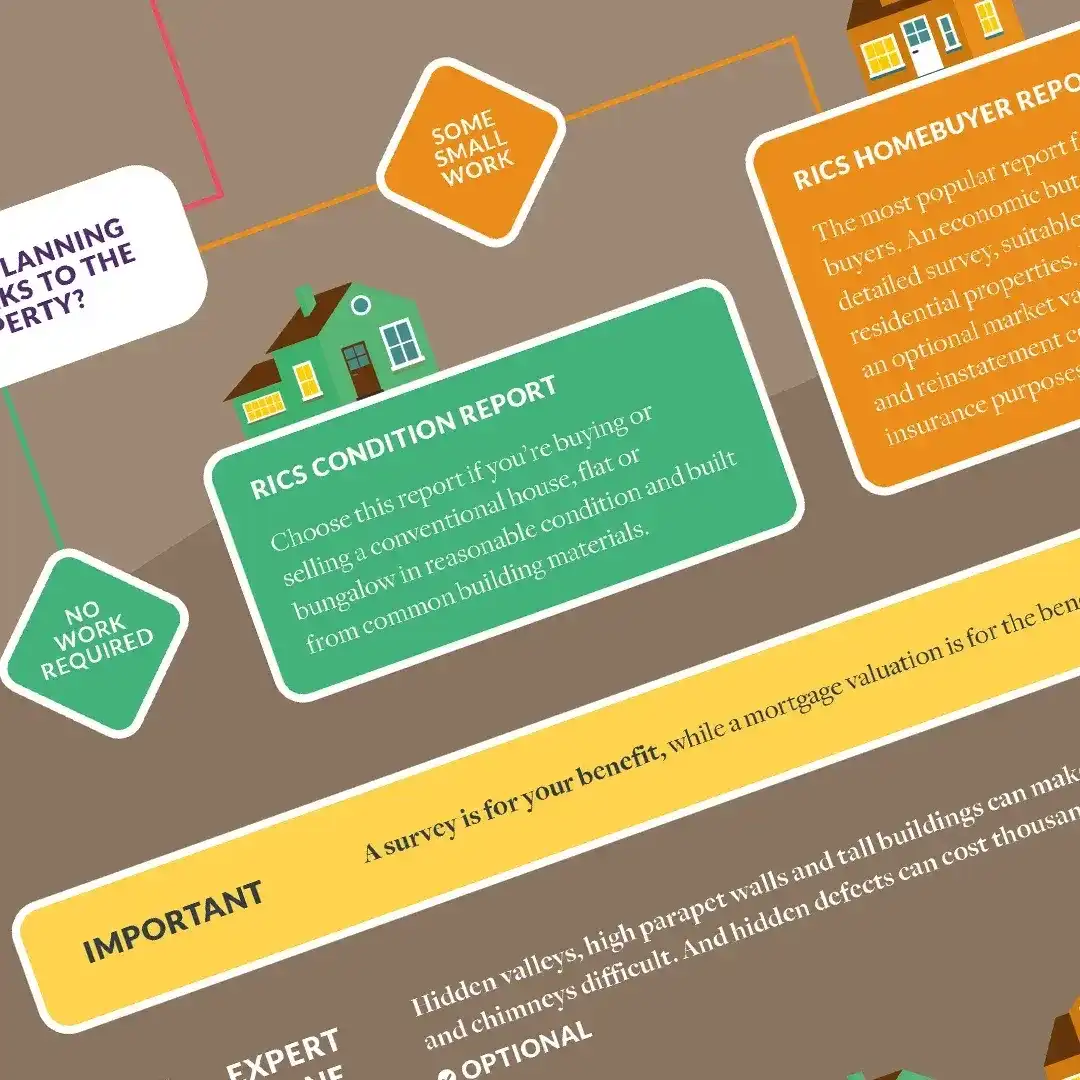Under the Leasehold Reform, Housing and Urban Development Act 1993 a leaseholder is entitled to a 90 year extension and a peppercorn ground rent (effectively nil value) as long as they have owned the property for more than two years and the original term was in excess of 21 years. Certain freeholders are also not obliged to grant a lease extension for example national trust properties, the crown and charitable housing trusts.
- N.B. Certain freeholders are not obliged to grant a lease extension, for example national trust properties, the crown and charitable housing trusts.
For a leaseholder to exercise their right to extend a lease under the 1993 Act they will need to serve a Section 42 notice on the freeholder stating the figure they propose to pay for the lease extension. It is extremely important to use a solicitor (a specialist in Leasehold Reform) to serve the notice, as certain mistakes will invalidate the notice. The figure proposed within the notice also must be deemed as ‘reasonable’ and therefore an RICS accredited surveyor should carry out a valuation to advise the appropriate figure to insert.
By serving a Section 42 notice this protects the leaseholders interest, preventing the lease dropping any lower (for the duration the Section 42 notice is valid) and the property must be valued as at the date of notice. The Section 42 will state a date that the freeholder must provide a counter notice by. This is typically 2 months later.
In this time the freeholder may arrange for his own surveyor to visit the property to carry out an inspection and a valuation on their behalf. The leaseholders solicitor may also receive contact from the freeholder's solicitor requesting 10% of the proposed premium to cover their clients costs.
In accordance with the 1993 Act the leaseholder must cover the Freeholder’s ‘fair and reasonable’ valuation and legal costs. It can be expected that the Freeholder’s costs will approximately arrive between £2,000-£2,500 plus VAT.
Unlike the Leaseholder’s proposed figure the Freeholders counter offer does not need to be deemed as ‘reasonable’, and therefore it can be expected to be significantly higher than the premium proposed in the Section 42. The freeholders counter notice is called the Section 45 notice.
Once the Section 45 notice is received there is a statutory 2 months to enter into negotiations and agree the premium. Should an agreement not be reached in this time an application can be made to the First Tier Tribunal who will decide on the appropriate premium to be paid.
For more complicated negotiations, 2 months may not be considered long enough to reach an agreement, therefore the 1993 Act states you have a total of 6 months from the date of the Section 45 notice to reach an agreement or make an application to the FTT otherwise the Section 42 notice is deemed withdrawn.
As the original valuation was carried out by your surveyor it is advisable they deal with the negotiations for the price payable for the lease extension. They will be able to provide evidence to the opposing party to support and strengthen their clients position.
Once the premium is agreed the solicitors will deal with agreeing the new lease terms and will complete the lease extension.
Whilst the Leasehold Reform Housing and Urban Development Act 1993 sets out this formal route it doesn't necessarily mean you have to use it. It can be considered that the formal route is time consuming and can take longer than if a leaseholder was to approach the freeholder on an informal basis.
It is advisable that both the leaseholder and freeholder still use a surveyor and solicitor to represent them to ensure the agreement reached is fair and reasonable. If both parties are willing to be realistic you will save the cost of serving notice.
It should be noted that if proceeding with the informal route the freeholder does not need to grant a lease extension and therefore it is typical they will propose terms that suit their needs, for example a new 99 or 125 years lease as opposed to 90 years on top of the current unexpired lease. Also the freeholder will look to keep or increase the current ground rent as opposed to the peppercorn a leaseholder is entitled to under the 1993 Act.
It is advisable a leaseholder does not consider a new lease less than 125 years, to prevent them from going through this process again and any ground rent structure proposed should be forwarded to their surveyor for their advice.
If a leaseholder has not owned the property for 2 years they may wish to try the above informal process to see if the freeholder will consider granting a lease extension rather than being forced to do so in 2 years time.
Should a response not be received from the freeholder within 1-2 months of trying to approach them informally it may be worth ‘cutting your losses’ and serving notice to prevent your lease dropping any lower.
By serving notice, we believe the leaseholder puts themselves in a stronger position to negotiate the lease extension. You can still agree a new 125 year lease (if the freeholder is willing) and indeed a ground rent but by serving notice the leaseholder protects their position by setting the date of valuation and timescales that must be adhered to.


